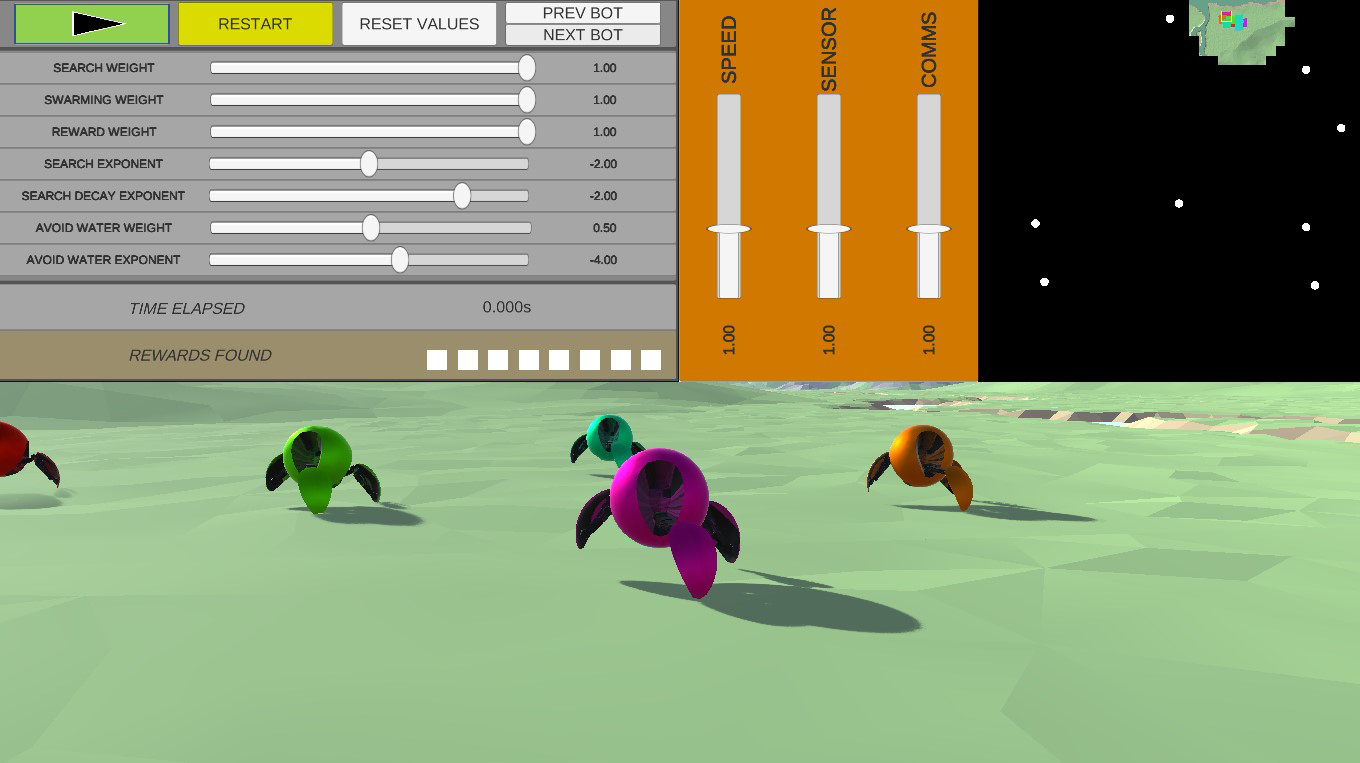News
Novel Teaching Tool Earns Hopkins Collaborators International Conference Honors
A team comprising STEM specialists and researchers from the Johns Hopkins Applied Physics Laboratory (APL) in Laurel, Maryland, and the Johns Hopkins School of Medicine received the best full paper award at the 2022 IEEE Integrated STEM Education Conference (IEEE ISEC).
“For 12 years, IEEE ISEC has featured cutting-edge research on integrated STEM education and experiences designed to inspire researchers and educators and to engage new generations of scientists and engineers,” said Ashutosh Dutta, a senior wireless research scientist and chief 5G strategist at APL, who served as conference co-chair. “The best full paper award recognizes the innovation and technical excellence advancing STEM education and learning opportunities.”
The paper, “An Interdisciplinary Approach to High School Curriculum Development: Swarming Powered by Neuroscience,” describes a collaborative effort between researchers and STEM educators to develop an interactive microseminar aimed at enhancing learning experiences for high school students in neuroscience, robotics and computer science.
“There aren’t many opportunities for high school students to learn about neuroscience,” said Elise Buckley, academic programs specialist in APL’s STEM Program Management Office and the paper’s lead author, in her conference presentation. “Neuroscience is a huge and growing field and students are becoming more and more interested in it, but there’s just not a lot developed at that high school level.”
Thirty-five students were recruited from APL’s STEM Academy to attend a four-day virtual workshop, which took place in January 2021. The curriculum was aligned with National Science Foundation-funded research that the cross-divisional team was conducting to explore similarities between navigational planning in brains with autonomous robotic swarms.
Buckley, as lead instructor, worked with the researchers to define the basic information that the students needed to understand the interdisciplinary connection between neuroscience and robotics. They started with foundational concepts — the basics of the nervous system, spatial cognition and navigation, memory and decision-making — followed by guest lectures from the researchers, who explained how their expertise contributed to the larger body of work.
“A focus of mine when planning outreach and career exploration events for students is to highlight the interdisciplinary nature of research teams,” said Buckley. “It was rewarding to see that in action across the subject-matter experts who helped me teach this seminar.”
The students applied their newfound understanding by manipulating a robotic swarm in an online environment, directing the swarm to capture rewards in timed runs with increasing levels of difficulty. Students were surveyed on their interest in neuroscience, robotics and computer science before and after the microseminar, with the team noting increases in student engagement and interest in all three areas by the end of the workshop.
Kevin Schultz, a project manager at APL and a co-author on the paper, expressed gratitude that the team’s work was so well received at IEEE ISEC, and hopes that the winning paper can serve as a model for collaborations between researchers and educators.
“Perhaps someone will come across the paper and integrate some of the concepts in their curricula,” he said.
In addition to Buckley and Schultz, the paper’s authors included APL’s Robert Chalmers, Dwight Carr and Grace Hwang; Joseph Monaco and Kechen Zhang from the School of Medicine; and former APL staff member Armin Hadzic.
Technical co-sponsors for IEEE ISEC include IEEE Princeton/Central Jersey Section, IEEE Region 1, IEEE Region 2, IEEE Education Society, IEEE Communications Society and IEEE Future Networks Initiative. APL researchers have been recognized with best poster awards in past years at the conference.
